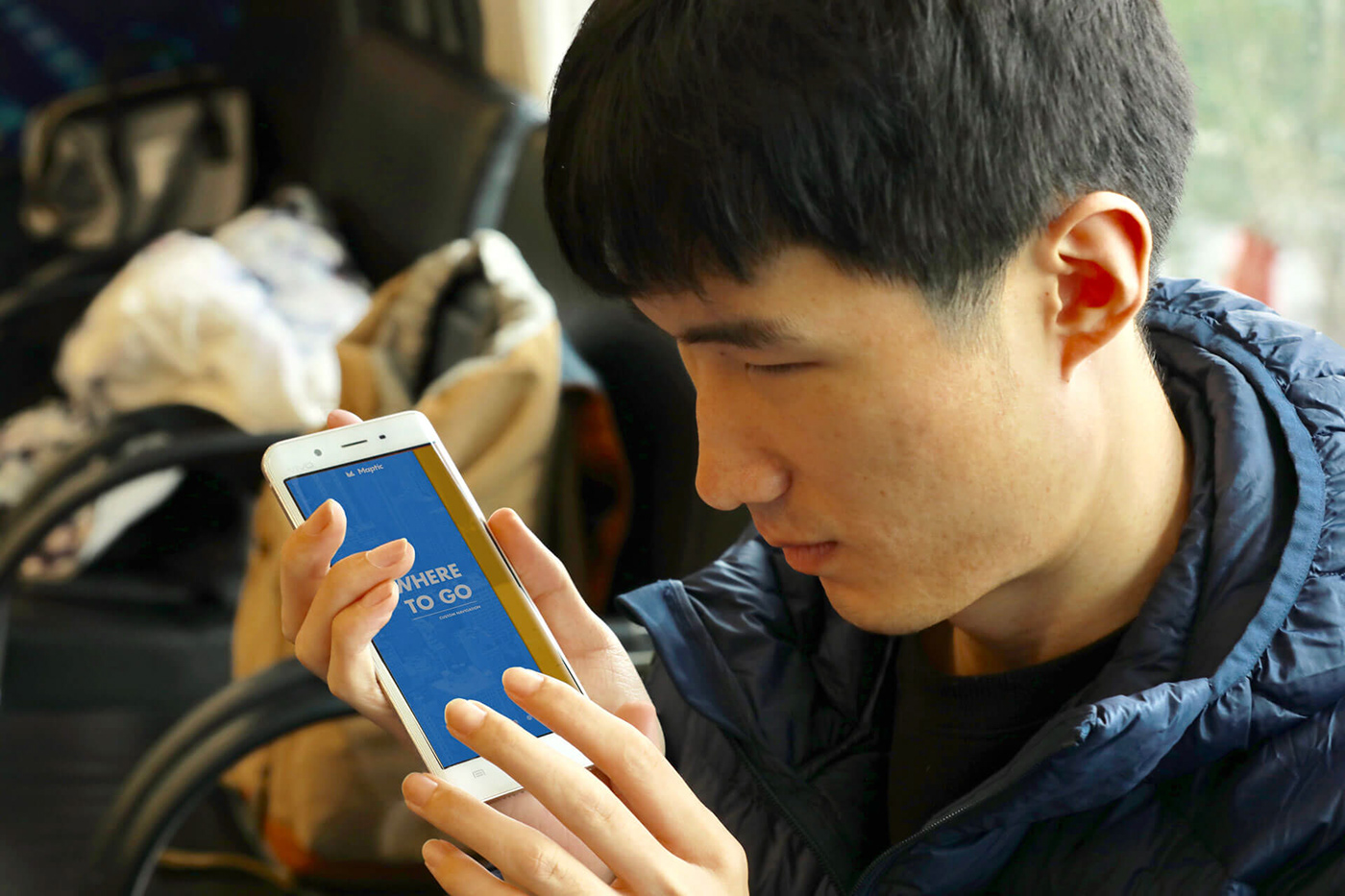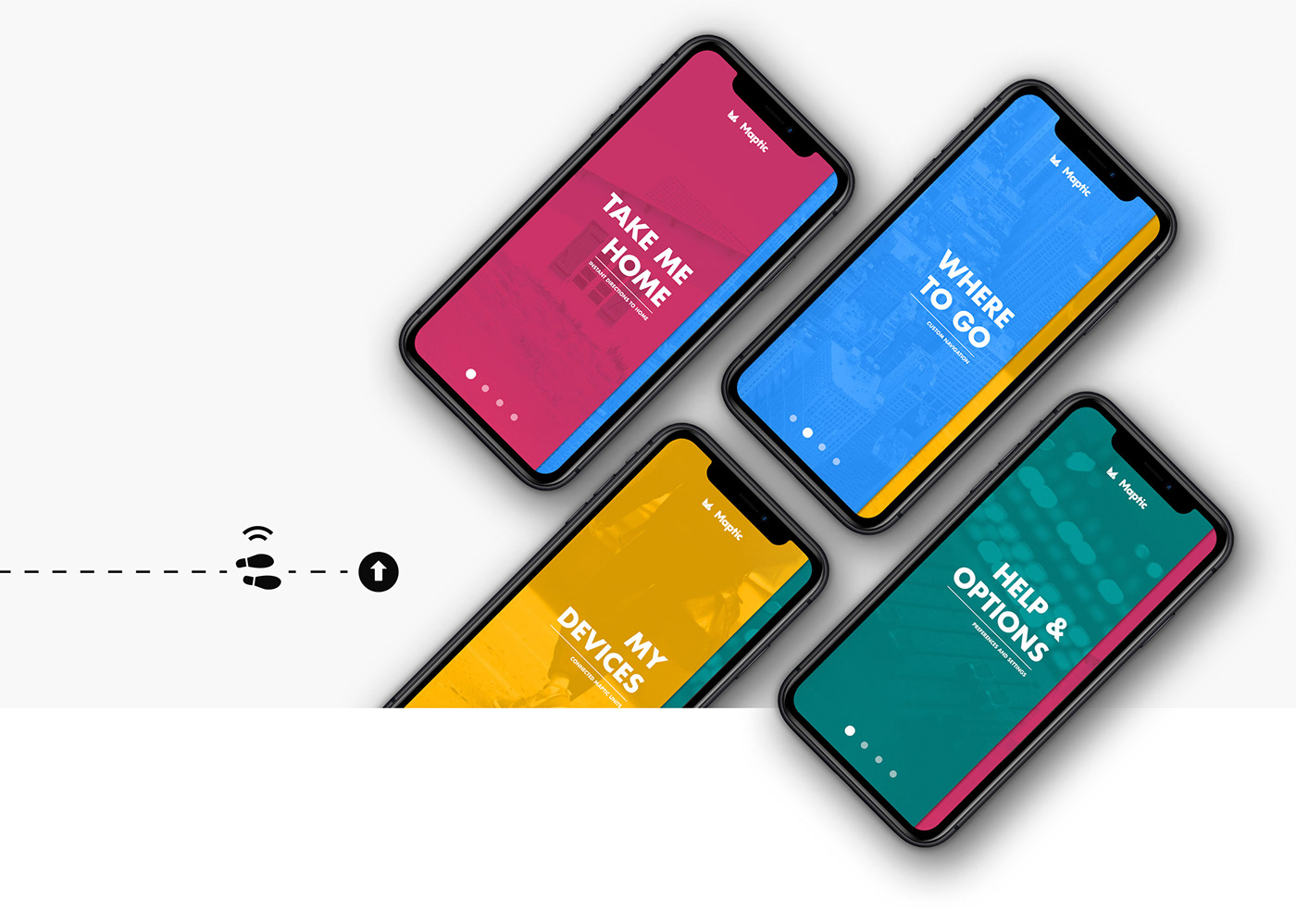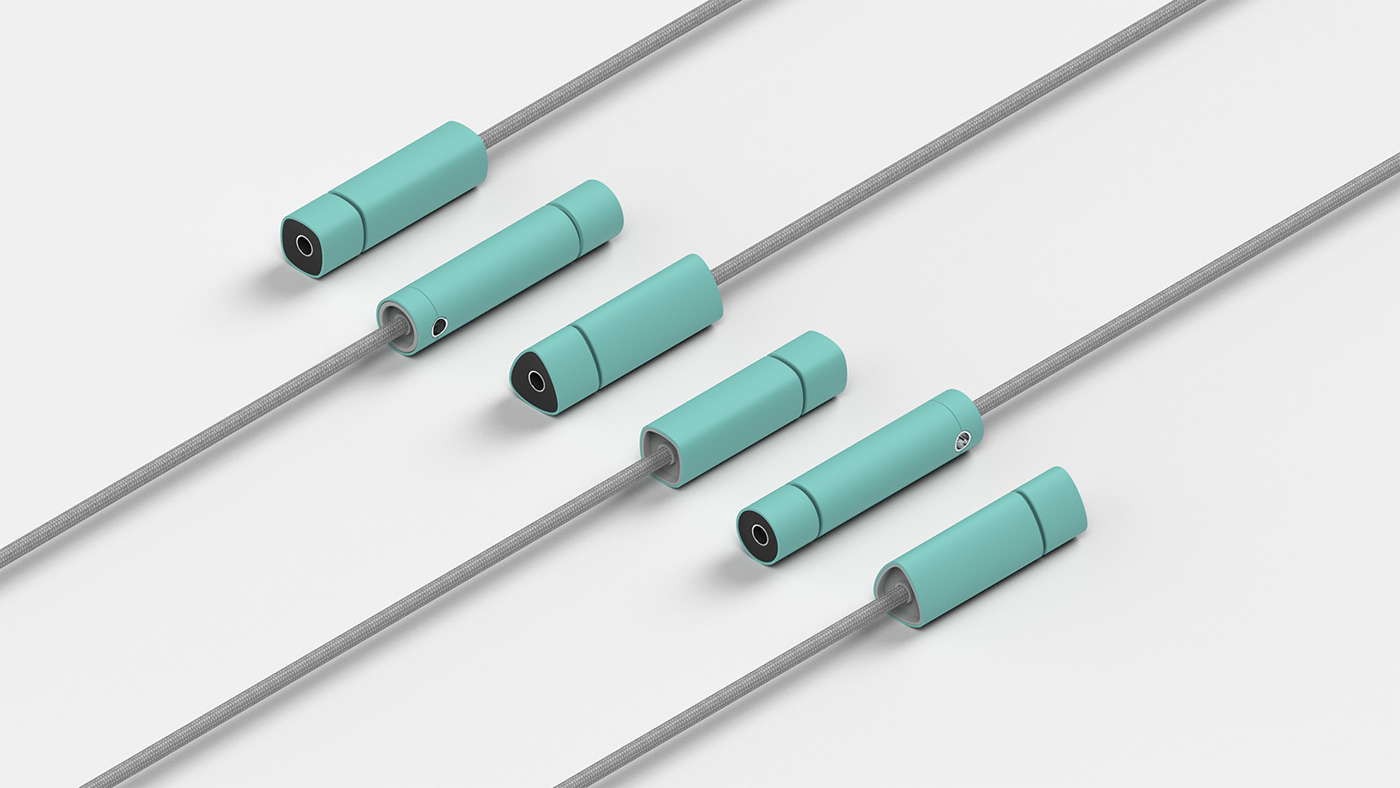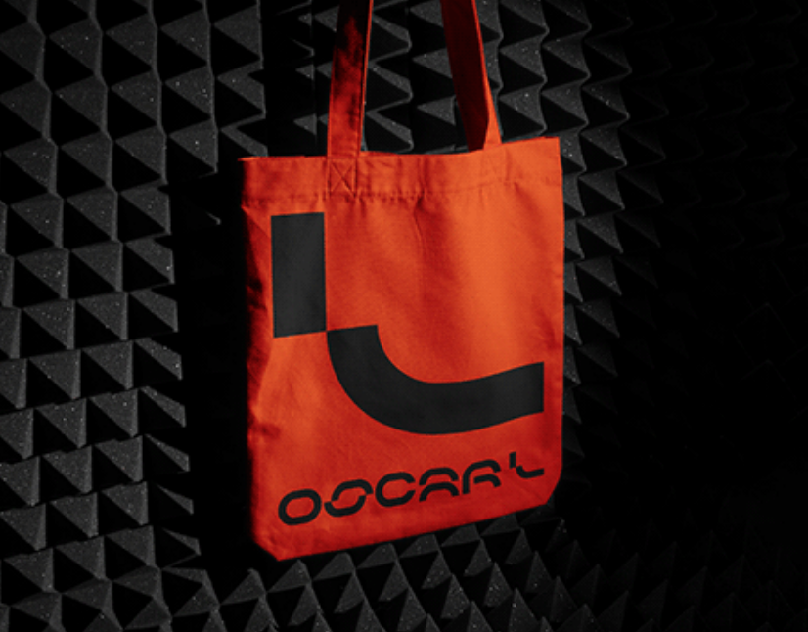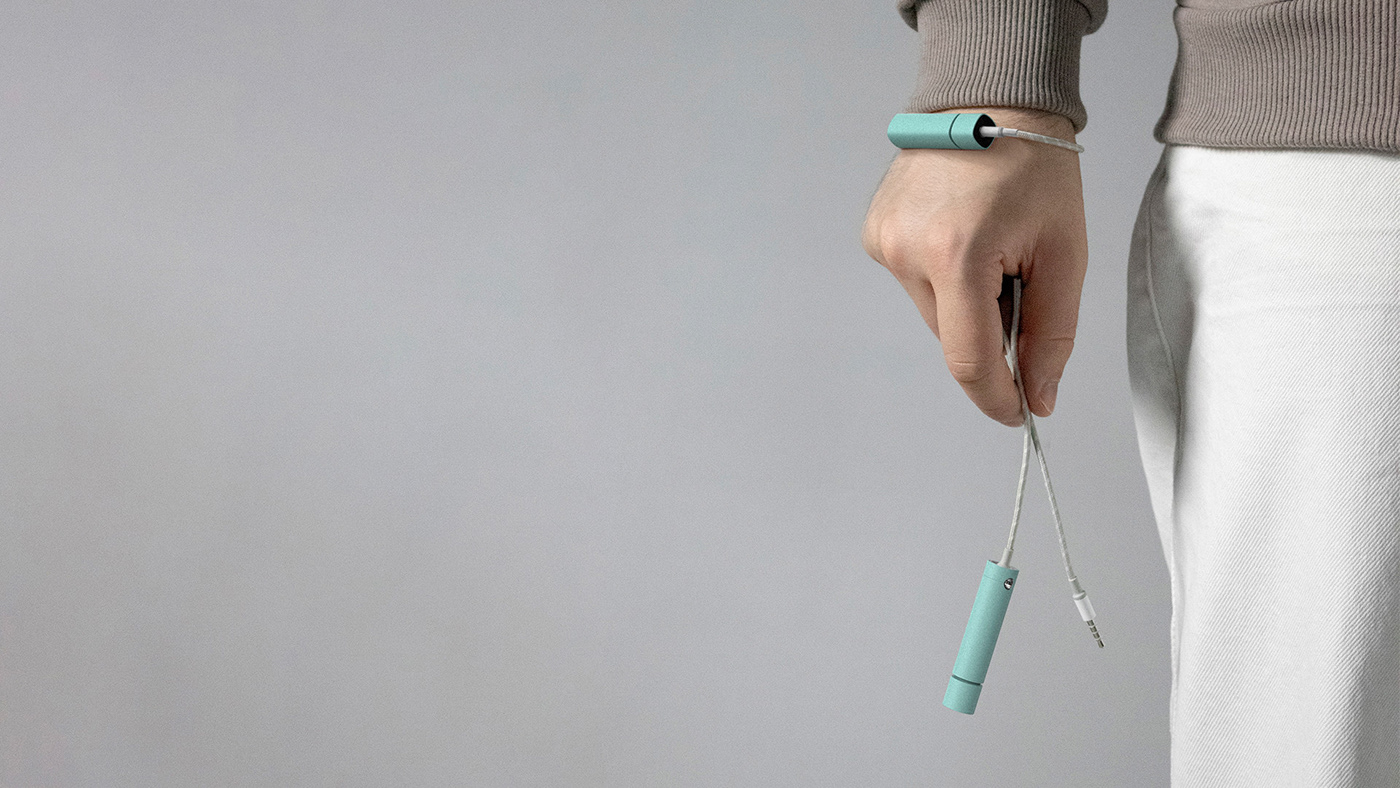
Maptic
Tactile Navigation for the Visually Impaired
Being told that you have a lifelong, incurable, eyesight problem is a terrifying prospect; one that is very difficult to come to terms with. Maptic is a system of wearable sensory devices for the visually impaired, consisting of a visual sensor and vibrating feedback units.
These customisable, personalisable modules can be worn without attracting the stigma that current assistive products harbour, while still accurately detecting objects in the visual field and transmitting them into intuitive vibrations on the body
See it on Dezeen, Designboom, Core 77, Architect Magazine, Wareable and Yanko Design
See it in person at the Cooper Hewitt Smithsonian Design Museum in New York

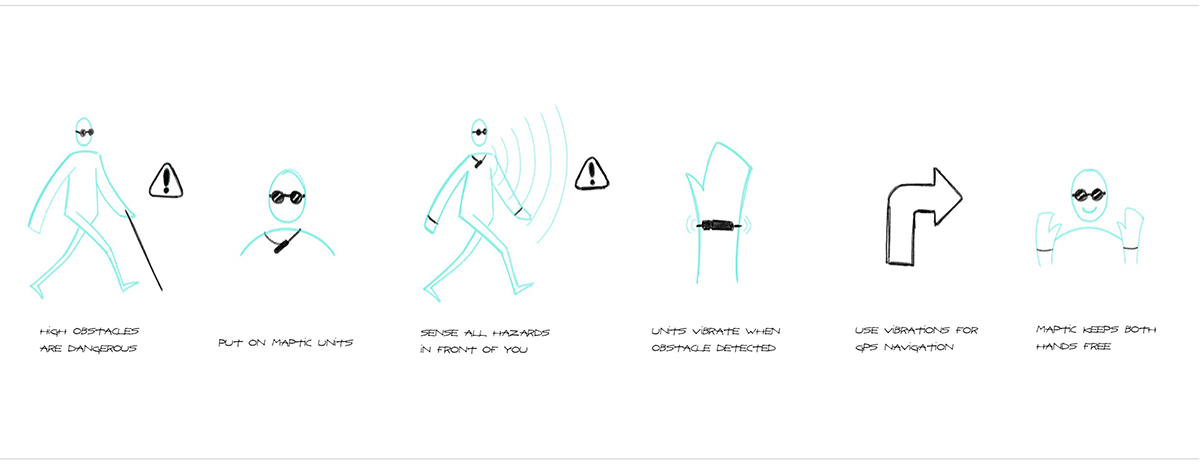
Hazard awareness
Maptic is an alternative or addition to traditional blind devices. It utilises LIDAR sensors and GPS to provide a cohesive navigation system, directing visually impaired users from point A to B, but also invisibly providing hazard awareness above the knee, something that guide canes are unable to do.


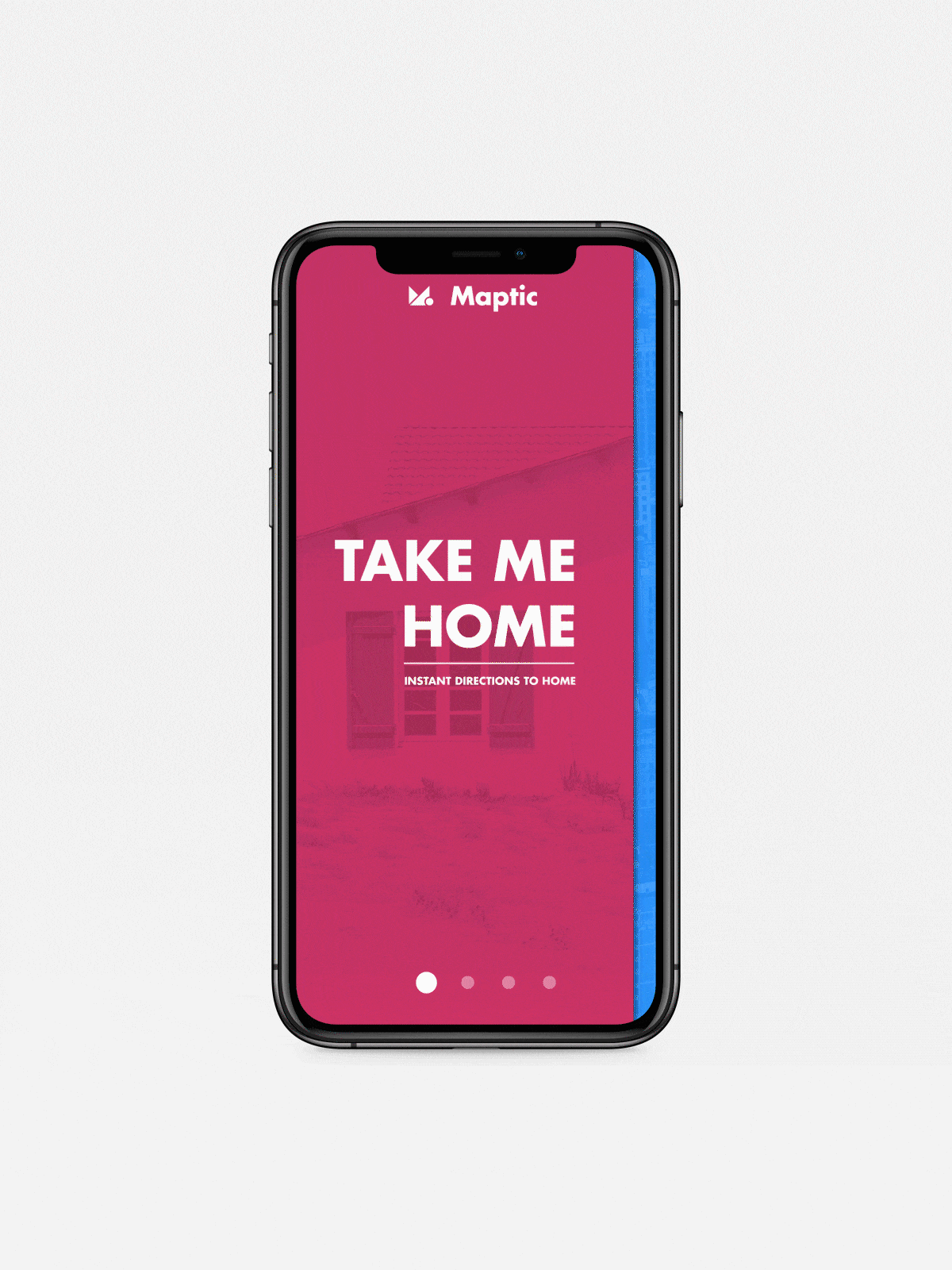

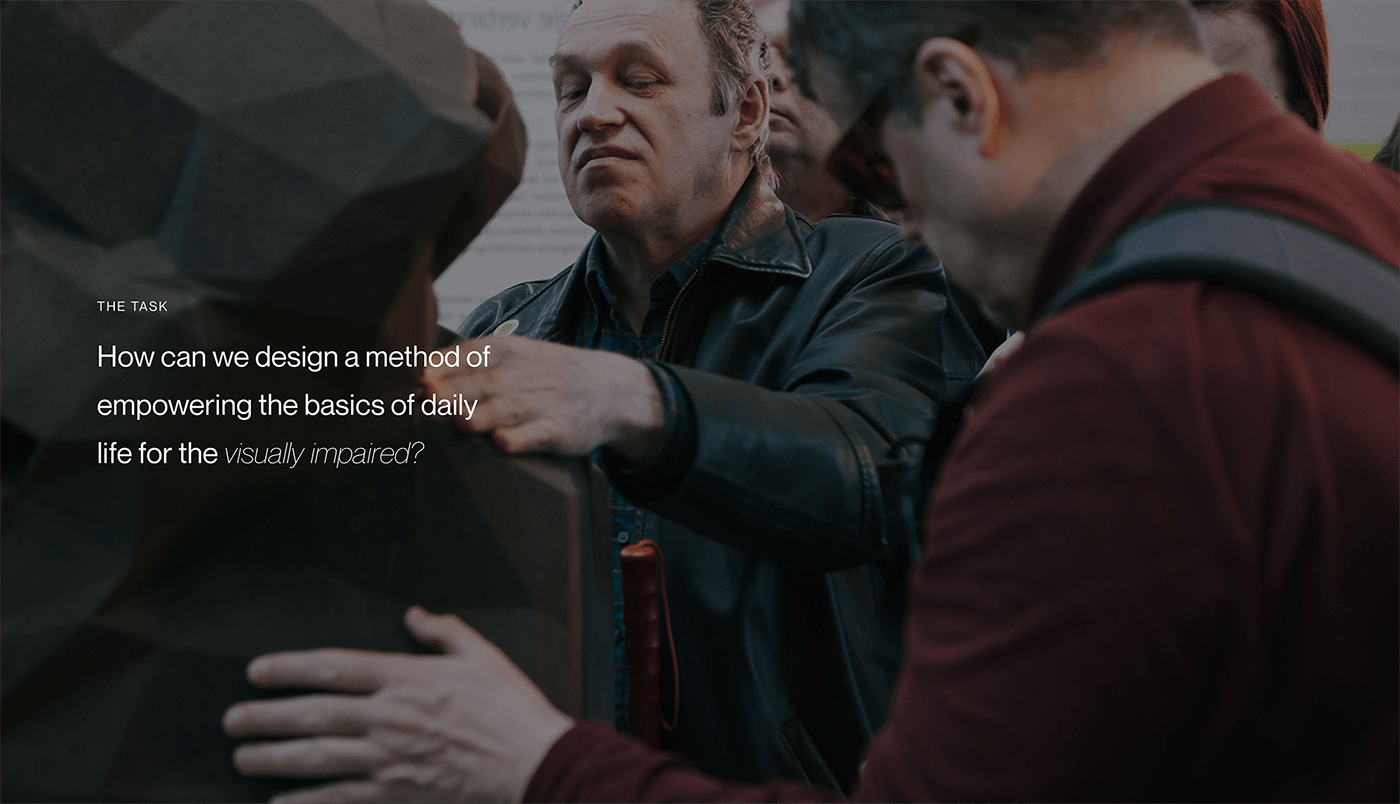
The form of the device would be largely dictated by the type of sensors and feedback units used, so prototyping was undertaken using many different sensors and forms of feedback to test accurate and reliable tactile responses and sensor data. From that, the next step was physical development including testing intuitive forms for visually impaired people to discern by touch, with a non-medical appearance.
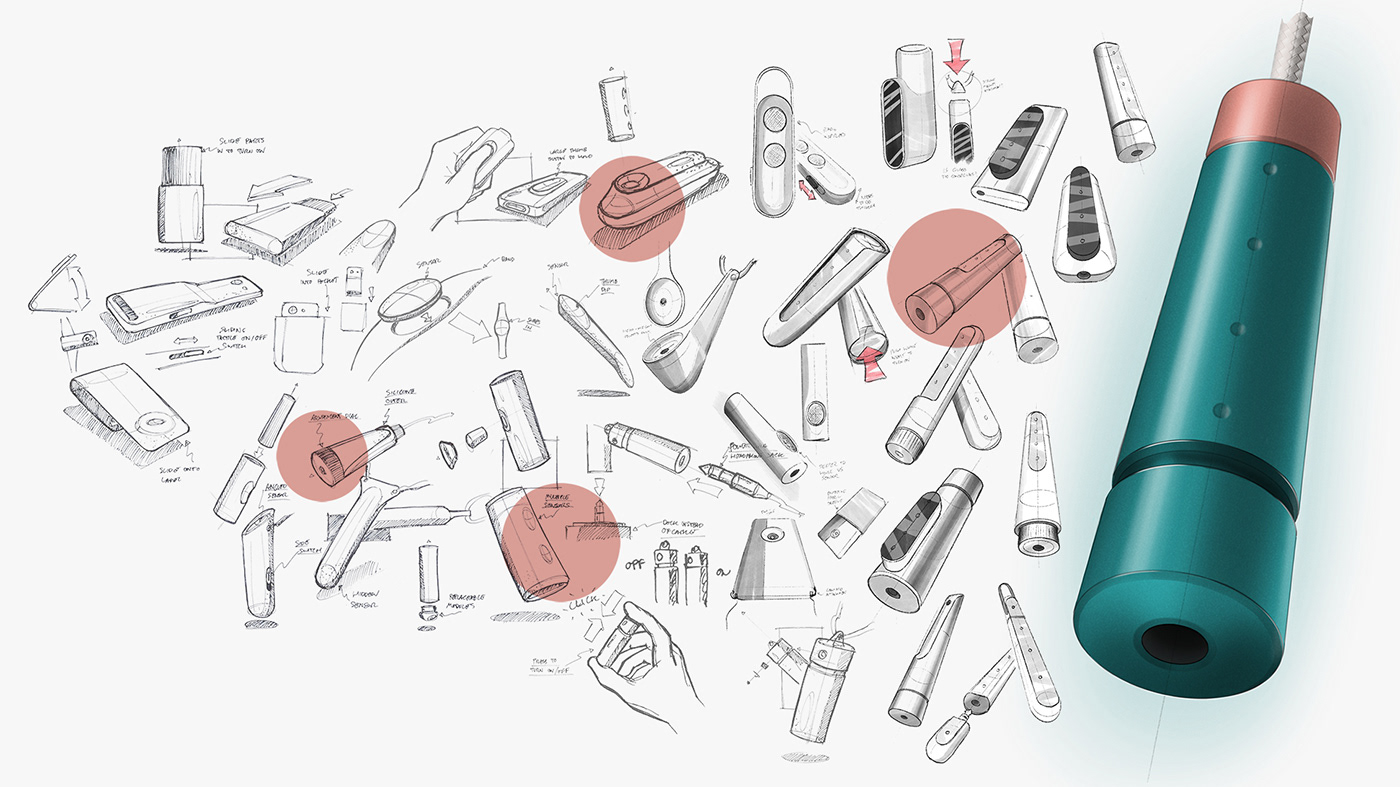
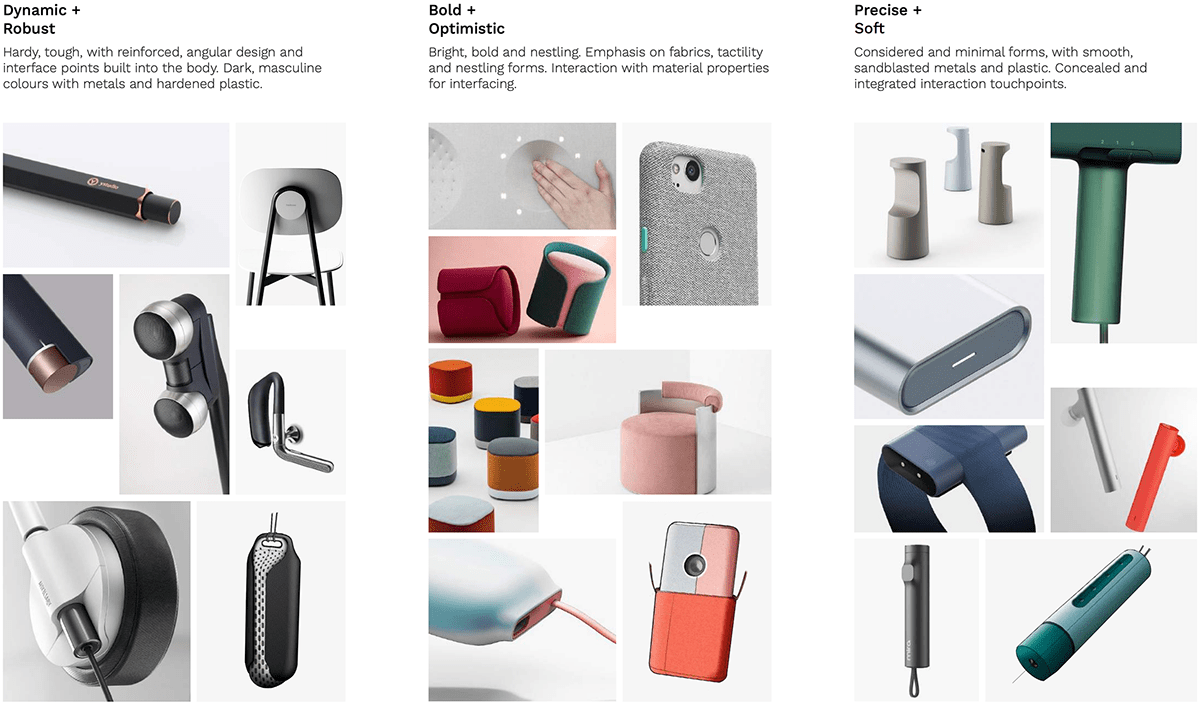
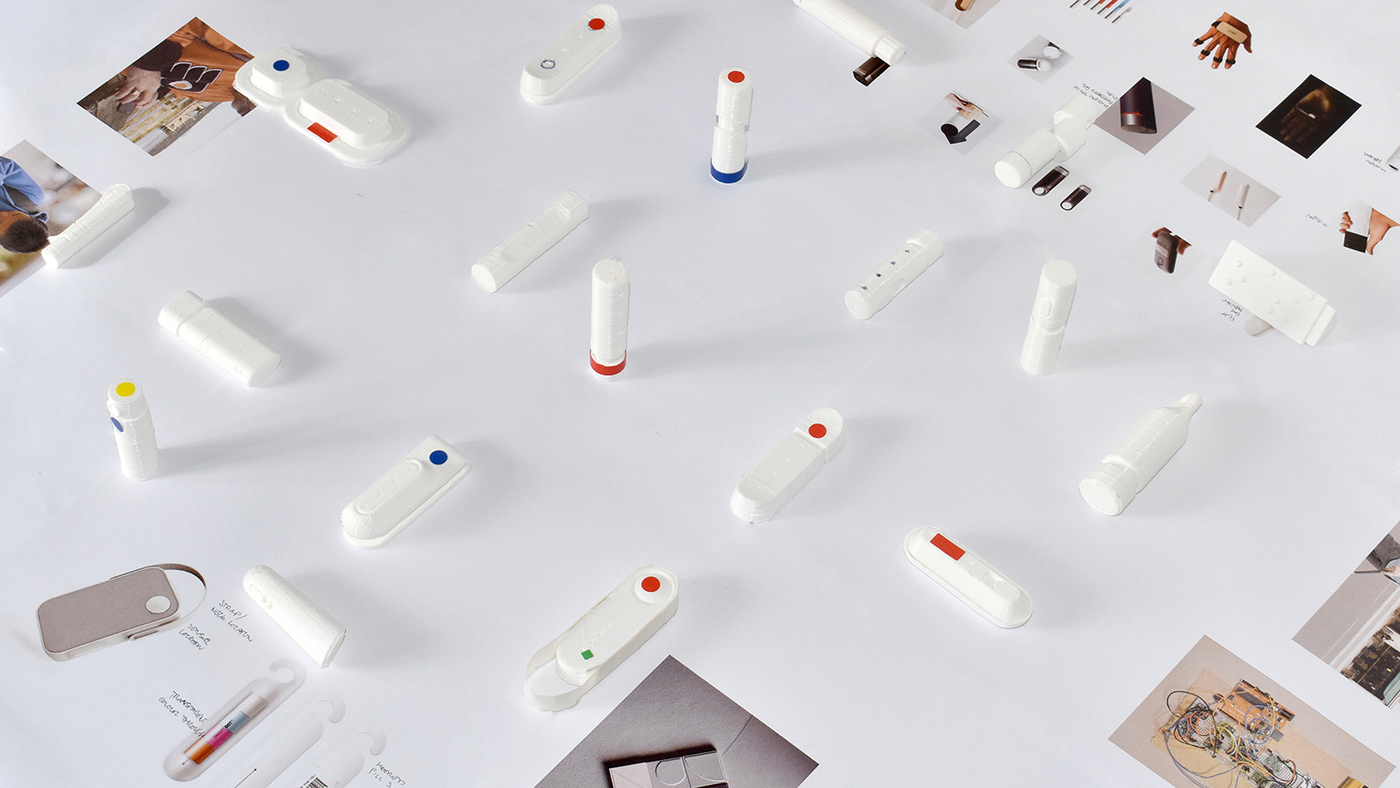
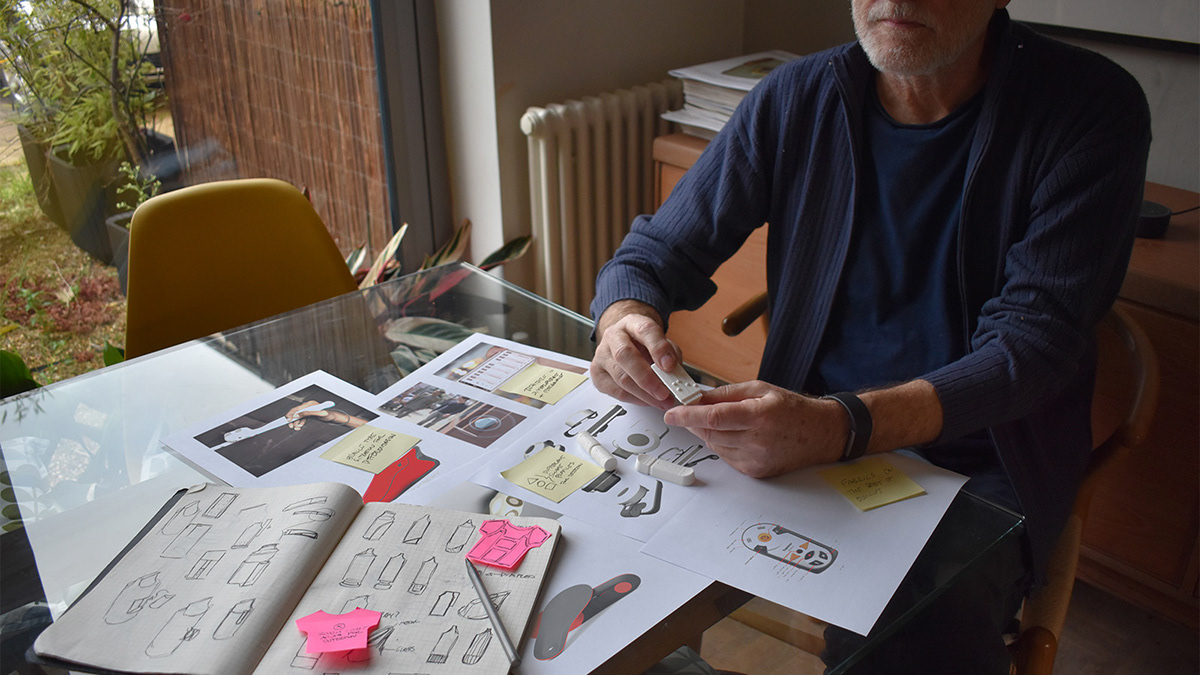
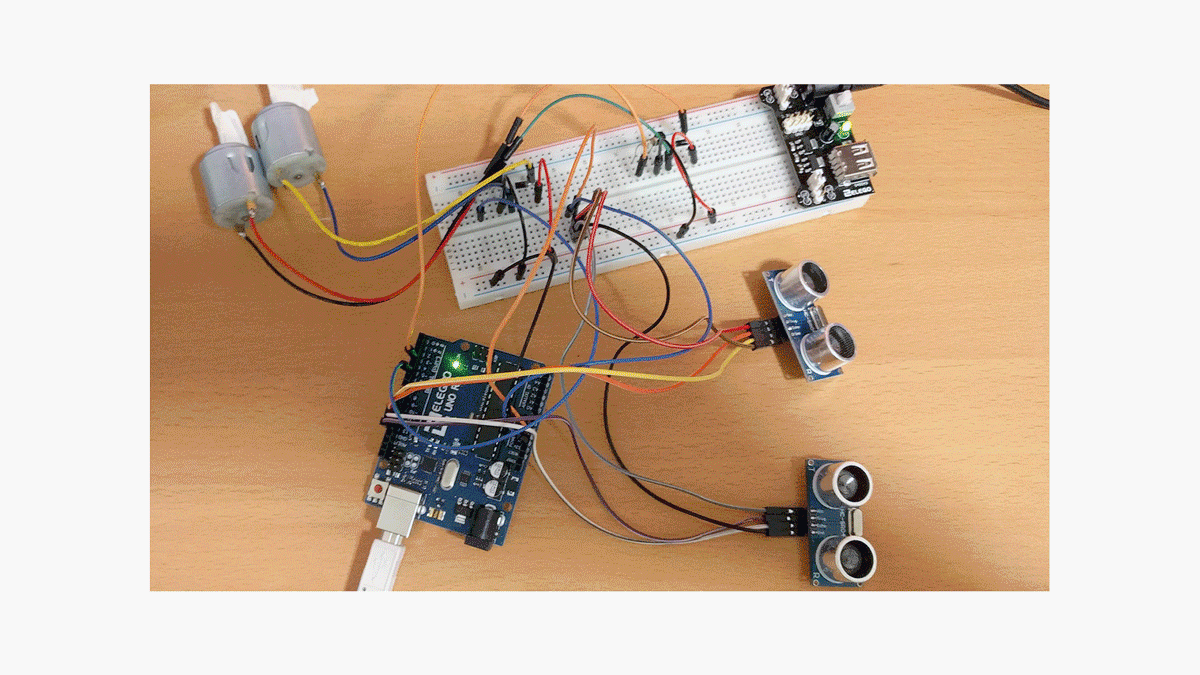
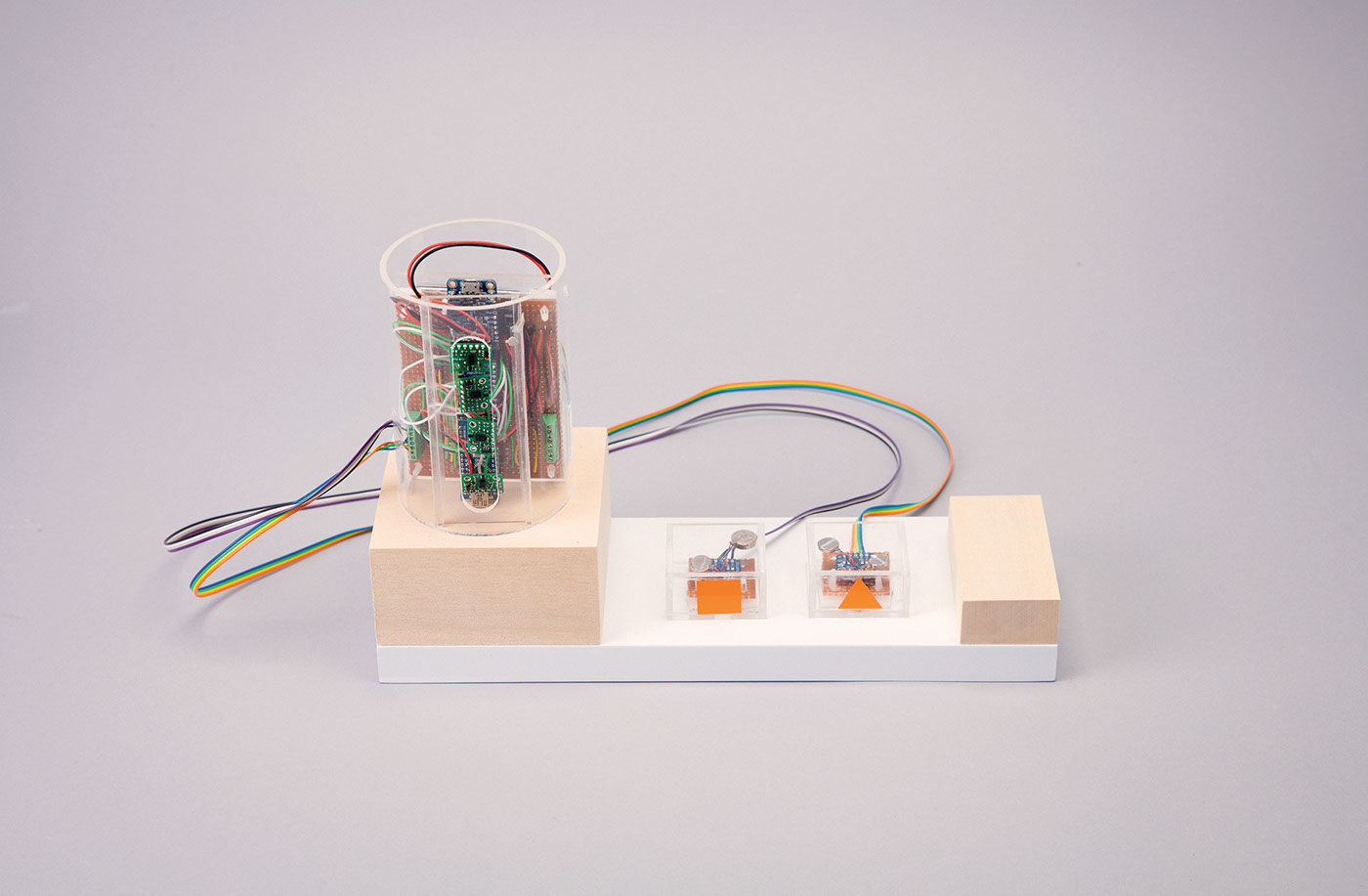
The final, functioning prototype, used for user testing with visually impaired people
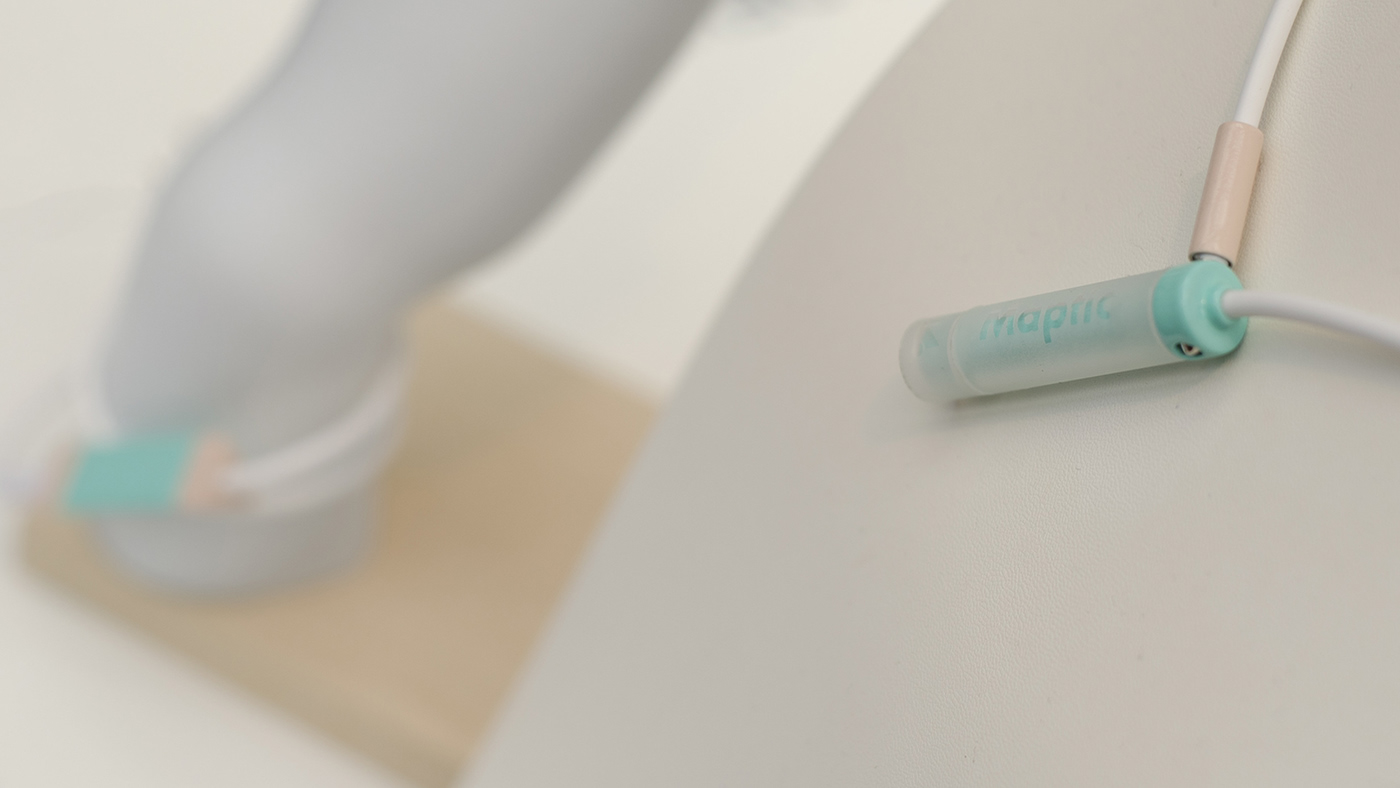


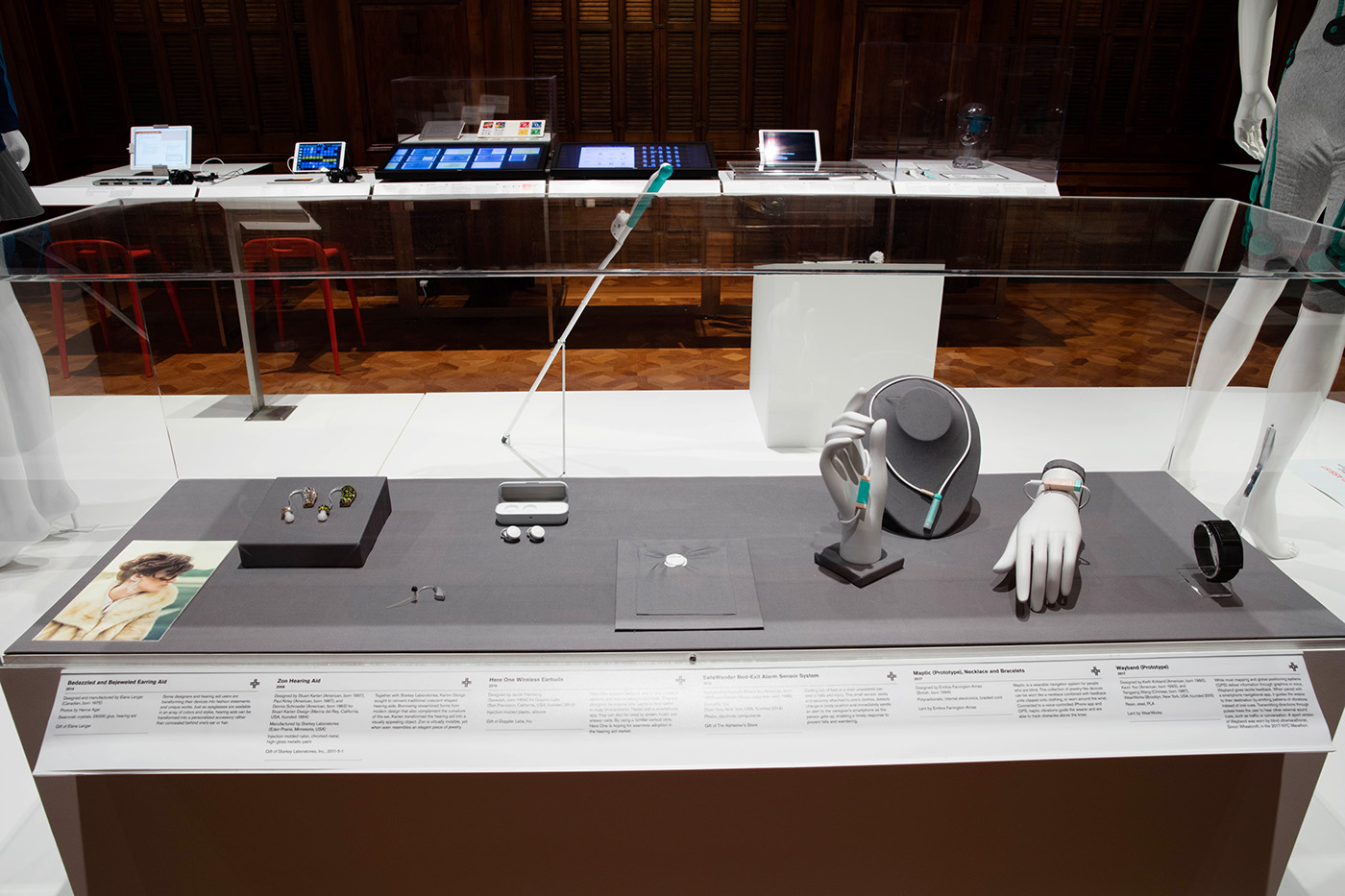
Maptic displayed at the Cooper Hewitt Smithsonian Design Museum in New York.
How does it work?
1: Click in to turn sensor on and off. Hold to pair to the feedback units, vibrating to confirm
2: Twist the end to change sensor distance from indoors (1m) to outdoors (2m)
3: Click in to turn feedback units on; hold to pair
4: Pair sensor to phone via NFC/Bluetooth by tapping together
5: Use high-contrast, voice-controlled app for navigation







Inner workings
The internals were designed to be as compact and with the smallest silhouette possible. LIDAR sensors are small and require minimal power, so with utilising BLE chips and low-power microcontrollers, a comfortable days use at minimum can be expected, with an 80mah battery and charged via 3.5mm jack.

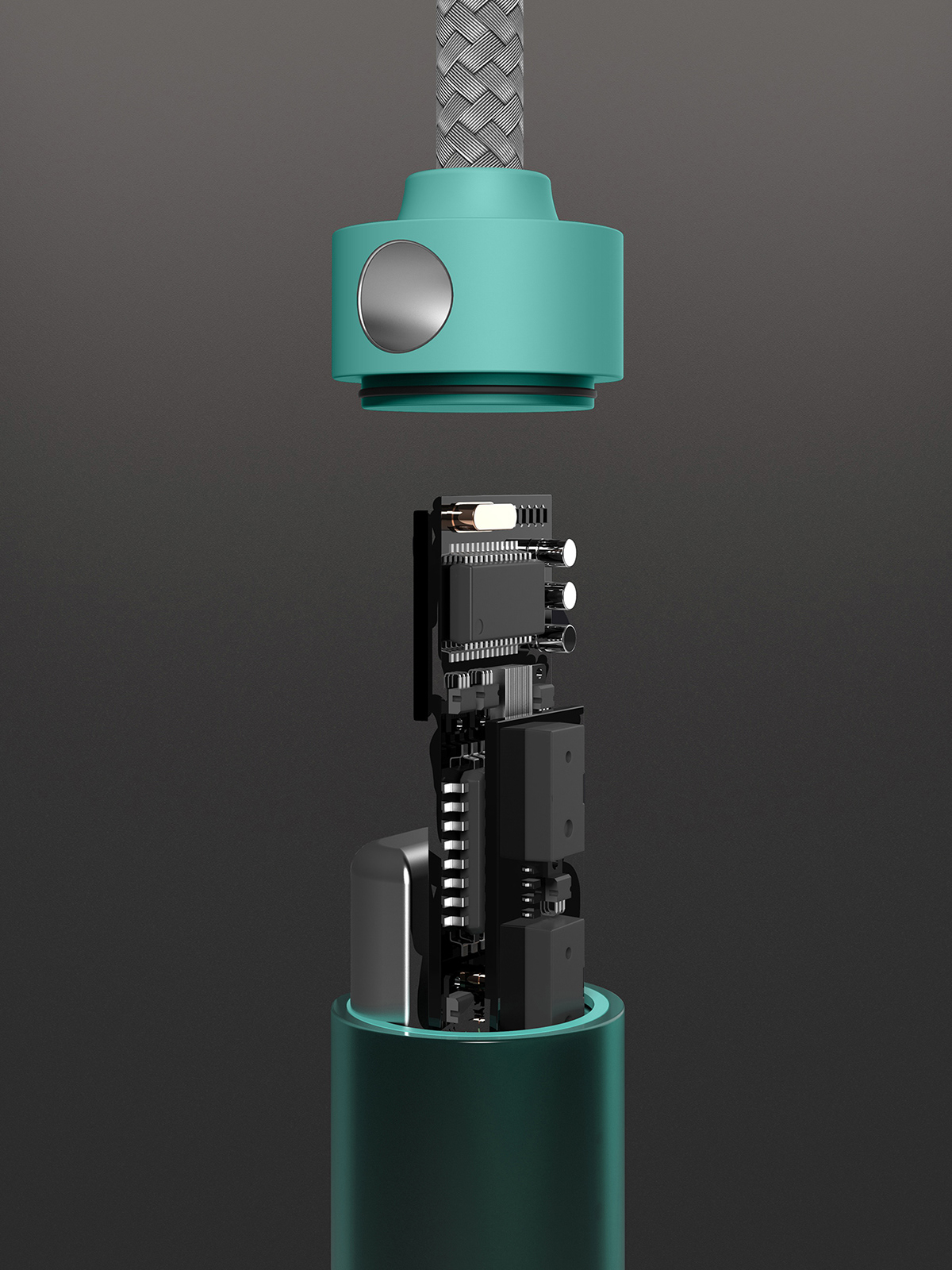
Turn by turn navigation
A major part of the project is turn-by-turn navigation, where the user can be directed to a destination via vibrations, not spoken word as is current. Instead of using an in-built GPS module into the circuitry, increasing the size of the units while decreasing battery life, it was chosen to link the Maptic units to a smartphone, using the current GPS capabilities of the phone and Google Maps API to provide the data for navigation.
